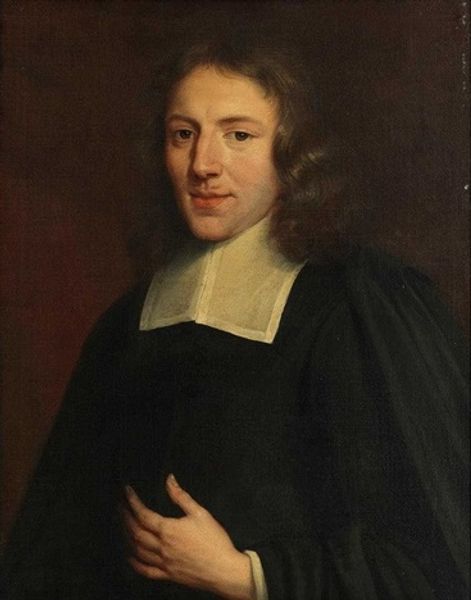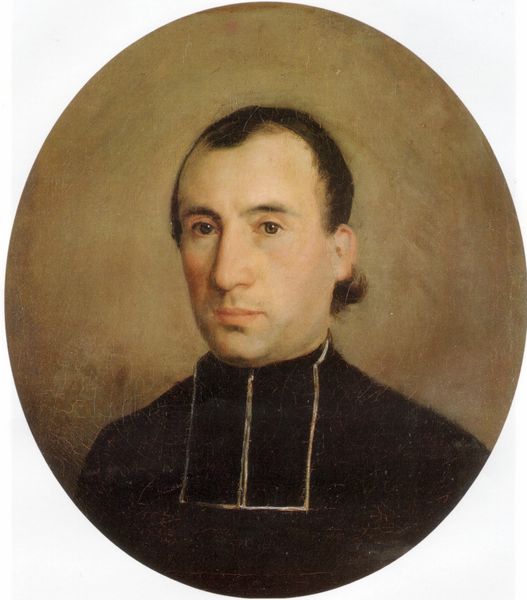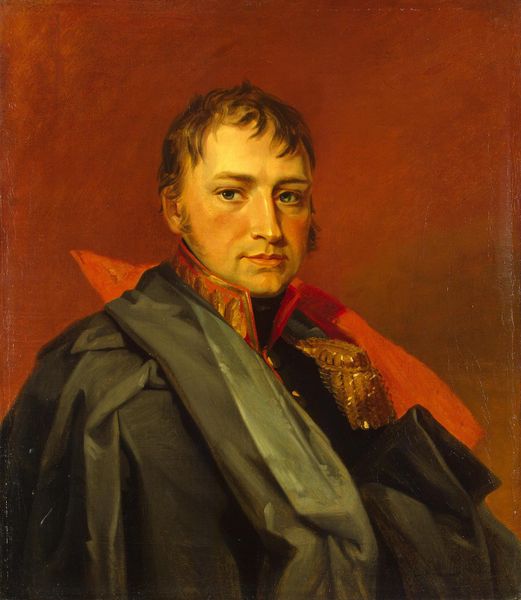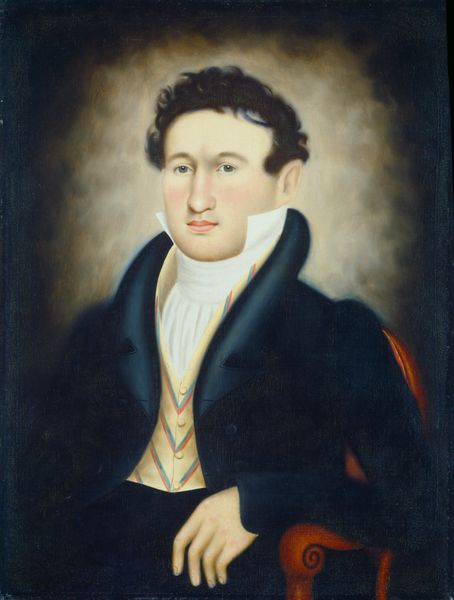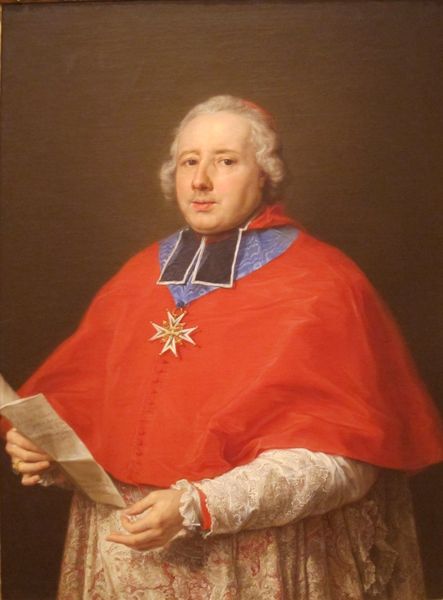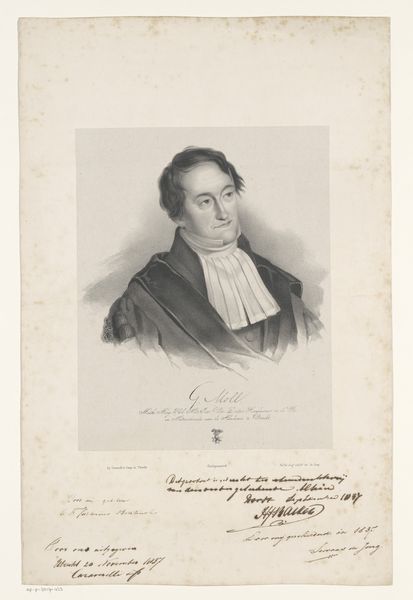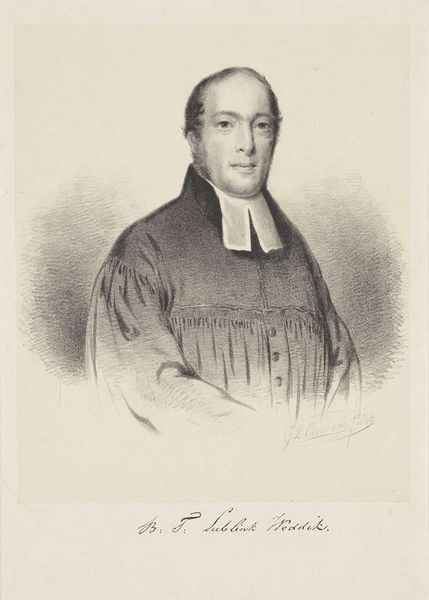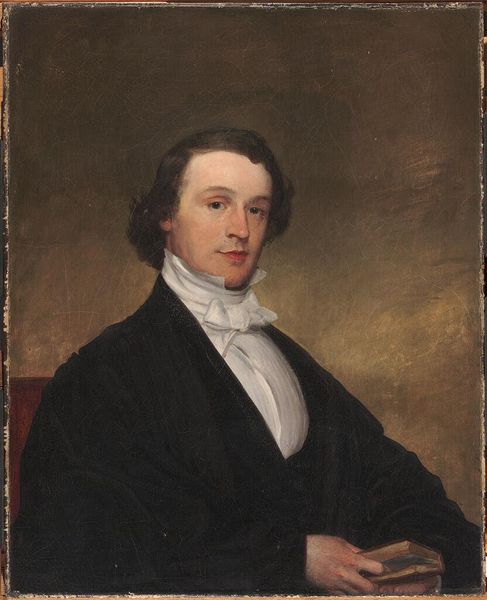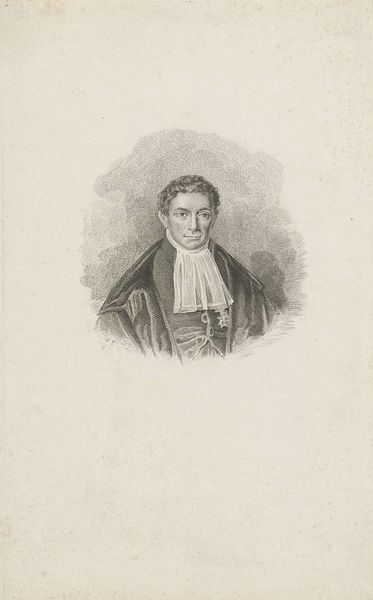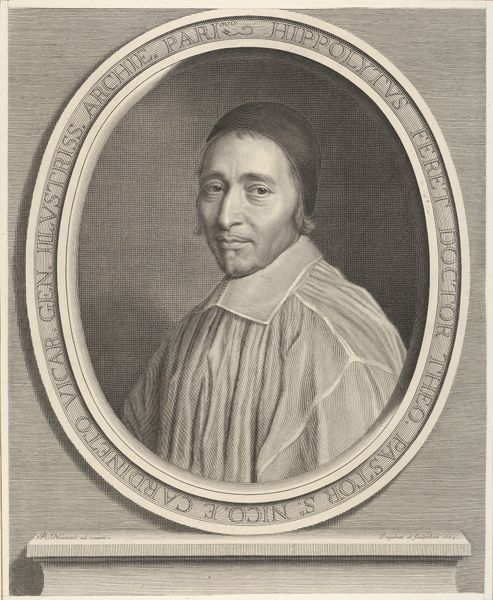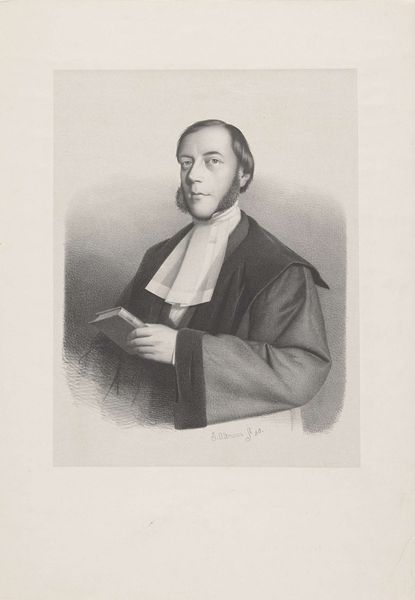
Dimensions: 76.2 x 63.5 cm
Copyright: Public domain
Editor: So, this is John Singleton Copley’s oil painting, "Reverend Myles Cooper," from 1769. It feels like a pretty straightforward portrait, but the silky robe he’s wearing gives it an interesting texture. What’s your take on it? Curator: Copley's portraits are fascinating because they capture a specific moment in colonial American history and the politics embedded within. Consider the subject: Myles Cooper was president of King’s College, now Columbia University, and a staunch Loyalist. This painting wasn't just about capturing his likeness, it was a statement of power and allegiance during a time of increasing tension with Britain. How do you think this piece was received? Editor: I imagine it would have been pretty divisive. With the Revolution brewing, seeing the president of a college flaunting his Loyalist leanings… Did the college commission the painting, or was it a personal project? Curator: That’s a great question to consider. A commission like this served to legitimize Cooper's position and bolster the Loyalist cause within the academic community. The rich fabric of his robe isn't just aesthetic; it signifies wealth, status, and a connection to the British elite. Do you notice how Copley renders that fabric in such detail? Editor: I do. There’s definitely a sense of idealized representation, not just a likeness. I’m now curious about Copley's own political leanings, given how charged things were then. Curator: Copley navigated those tensions carefully, trying to maintain his career regardless of political upheaval. He later moved to London. Examining his portraits allows us to analyze how identity, power, and social status were being negotiated and visually represented on the eve of the American Revolution. Editor: That reframes the entire work. It’s not just a portrait, but a political artifact. Curator: Precisely. The public role of portraiture was substantial. It shaped perceptions and reinforced existing power structures. Editor: I didn't think about how deeply intertwined art was with politics in that era. Thanks! Curator: My pleasure. Thinking about the intersection of art and social context opens up fascinating perspectives.
Comments
No comments
Be the first to comment and join the conversation on the ultimate creative platform.

